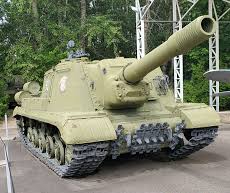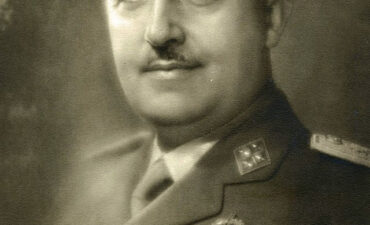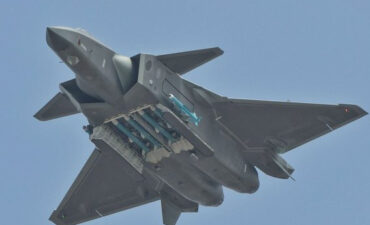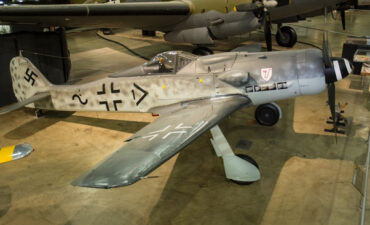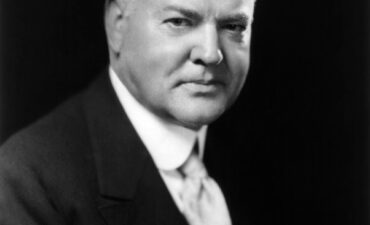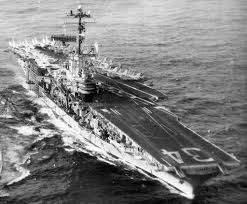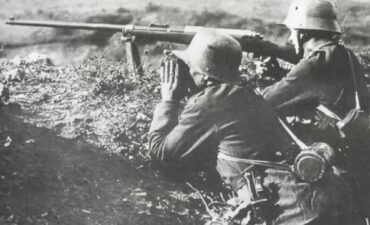What are the pros and cons of the SU-152 tank destroyer?
What are the pros and cons of the SU-152 tank destroyer? The SU-152 was a Soviet self-propelled heavy howitzer, often used as a tank destroyer during World War II. Here are its main pros and cons:
Pros:
Powerful Armament:
The SU-152 was equipped with a 152mm ML-20 howitzer, capable of firing high-explosive (HE) rounds that could destroy almost any target, including heavy German tanks like the Tiger I and Panther, by sheer explosive force or damage to the tank’s components.
Versatility:
Its primary role was to provide fire support, but it proved effective as a tank destroyer. It could eliminate enemy fortifications and heavily armored vehicles.
High Explosive Impact:
The massive HE shells could cause catastrophic damage to tanks even without penetrating their armor, thanks to the shockwave and spall damage.
Shock Effect:
The powerful blast and the sheer size of the vehicle often had a demoralizing effect on enemy troops and tank crews.
Simple Construction:
The SU-152 was based on the KV-1S heavy tank chassis, making it relatively easy to produce using existing components and technology.
Cons:
Slow Rate of Fire:
The 152mm howitzer had a slow rate of fire, with a typical reload time of around 15-20 seconds. This was a disadvantage in fast-paced tank engagements.
Limited Ammunition: D
ue to the size of the 152mm shells, the SU-152 could carry only a limited number of rounds, typically around 20. This restricted its operational endurance.
Poor Mobility:
Built on the KV-1S chassis, the SU-152 was relatively slow and had limited maneuverability, which made it vulnerable to flanking by more agile enemy tanks.
Lack of Precision:
The howitzer was not designed for long-range precision, and aiming at smaller or moving targets could be challenging, especially against enemy tanks at longer ranges.
Thin Armor:
Although it was a heavy vehicle, the SU-152’s armor was only sufficient to protect against medium-caliber rounds. It was vulnerable to heavy anti-tank guns and enemy tank fire, especially on its sides and rear.
Limited Vision and Targeting:
The SU-152 lacked advanced optics, making it difficult for the crew to accurately acquire and engage targets, especially at longer distances.
Overall, the SU-152 was a formidable weapon against heavy fortifications and enemy armor, but its slow rate of fire, mobility issues, and limited ammunition capacity made it more effective as a support weapon than in fast, fluid tank battles.
